
Join us on our Barstow College Archaeological Adventure
Instructor: Cliff Walker

We rounded up all the wagons at the Mojave River Museum, for orientation and some quick tips. Then off we go to our first stop at Afton Road where we saw remnants of an old Indian trail.
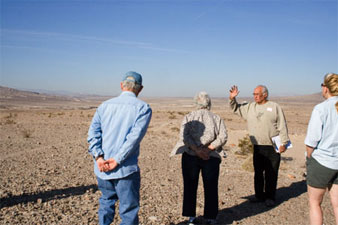
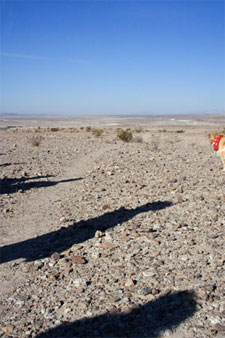
Just out of Baker we visited the Silver Lake town site and cemetery. We learned about the history of the Tidewater-Tonopah Railroad Depot and the wagon road to Las Vegas used in the early 1900’s. Silver Lake was the biggest town between Barstow and Vegas at that time, we also learned about Death Valley Jack and Whisky Pete and the feud they had over water rights.
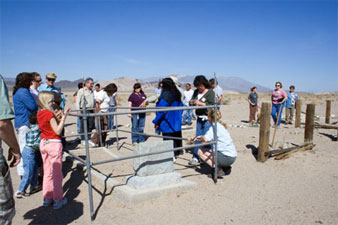
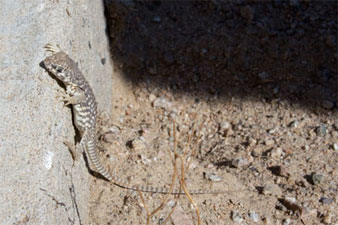
Salt Springs was our next stop, we learned about the mine and its early operation. It is recorded that this was the first Gold mine located in the Mojave Desert. Mormons crossing California as they traveled on the Old Spanish Trail discovered Gold here.

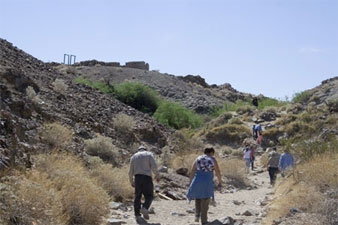
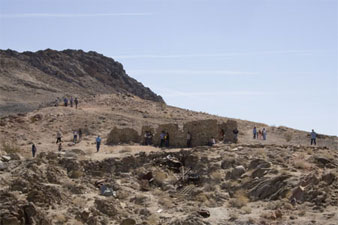
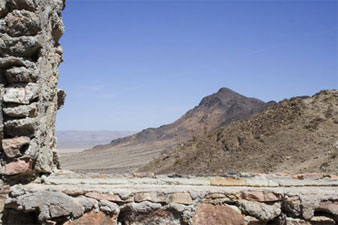
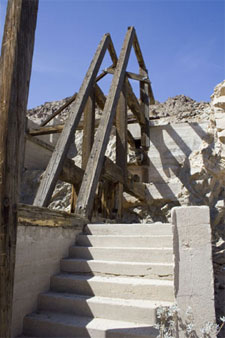
As we journeyed north on Hwy 127 on the outskirts of Shoshone, we were given a tour of the Doublin Canyon area where Miners lived and worked. While there, we saw fossil beds showcasing fossil tracks of camel and other mammals that roamed the area.
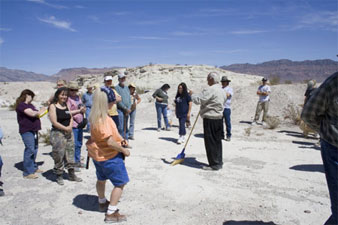
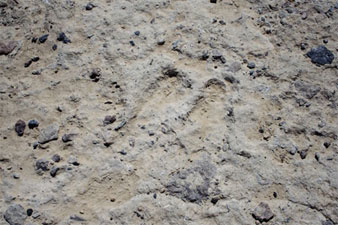
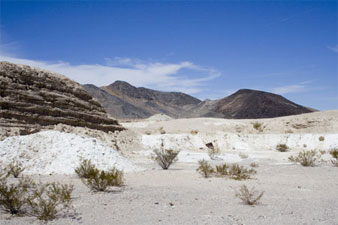
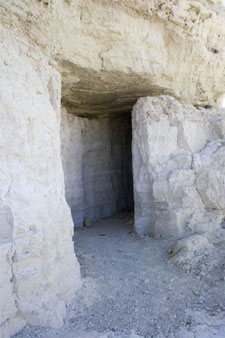
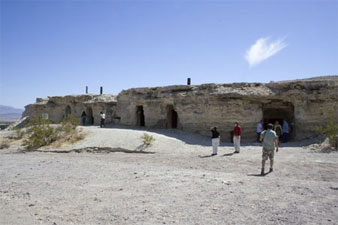
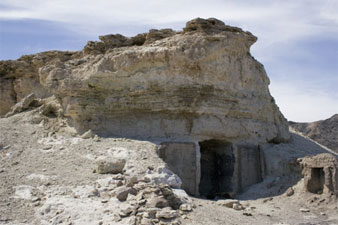
In the small town of Shoshone we visited the Shoshone Museum, where they house many artifacts and fossils found in the area as well as the towns history.
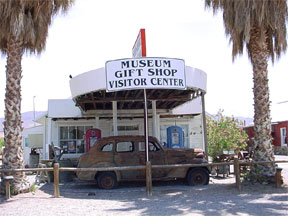
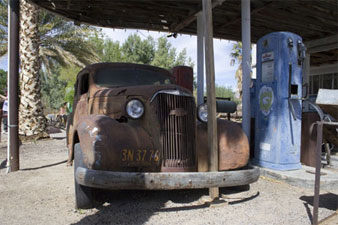
We set up camp in the Shoshone campgrounds where we enjoyed nature and each other.
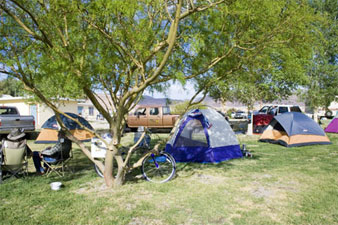
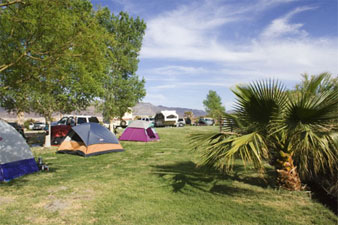
After we set camp we traveled east on Hwy 178 and stopped to see the Volcanic Rocks. We saw fault lines and how the changes in the earth’s strata have formed in time due to earthquakes and other geological activity. This area is a geological masterpiece, a must see, the coloring is curious and beautiful.
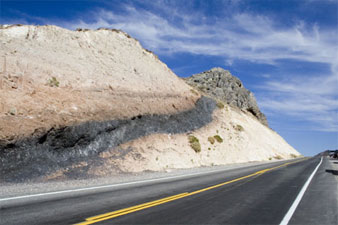
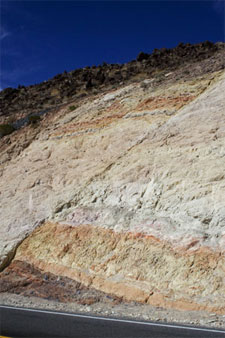
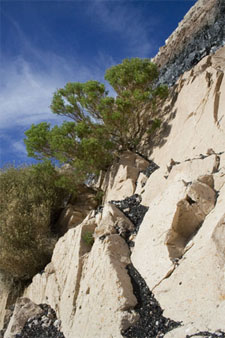
Back at camp we settle in for our evening lecture and potluck dinner, we all learned and feasted not only on dinner but the beauty of the location as well
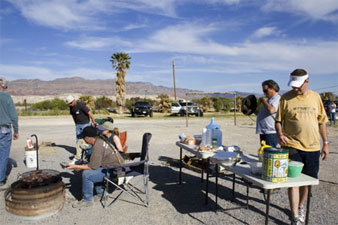
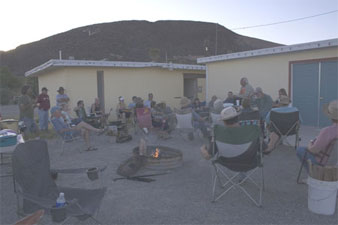
Sunday morning we woke up to coffee and Cliff’s famous pancakes over an open fire. We packed camp and were on the road again.
We stopped for a short time at Tecopa Hot Springs
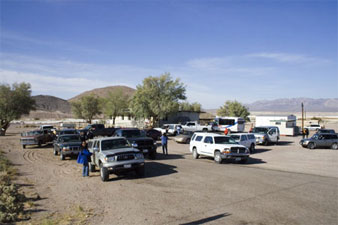
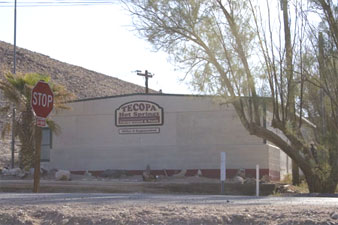
then traveled east on the Old Spanish Trail where we stopped and walked the old road and witnessed the harsh terrain the settlers traveled.
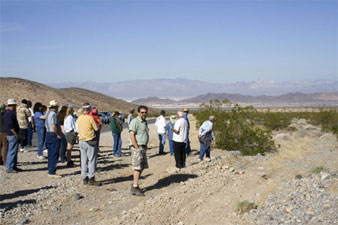
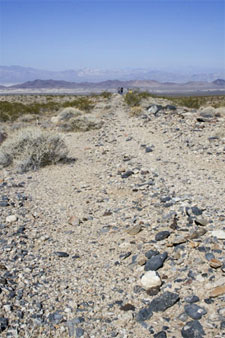
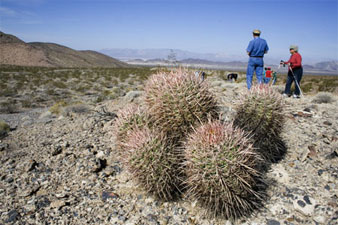
Atop Emigrant Pass looking southeast we could see in the distance a remnant of the old road forgotten by time, until historians brought it back to life.
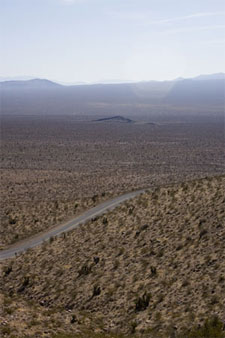
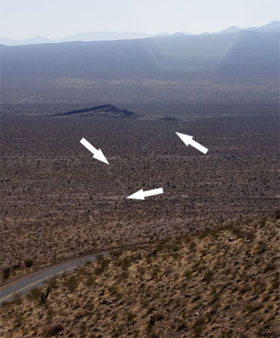
At the top of the mountain we found a piece of obsidian, (dark volcanic glass) not native to this area, left or dropped by an unknown traveler.
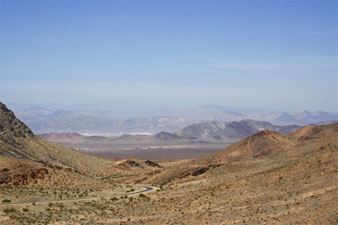
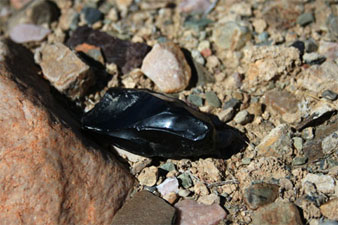
Back down the hill we stopped along the road to dig for Trilobites in thin layers of rock that house these small creatures much like a tomb until discovered.
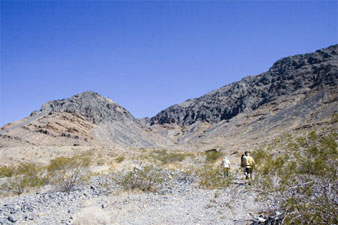
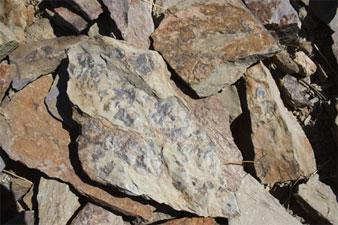
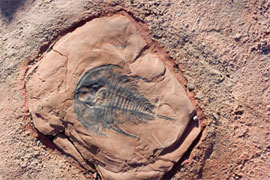
Turning left off the Old Spanish Trail we traveled south to the War Eagle Mine, where we were allowed to enter this dark and dusty place to hear of the experiences miners were faced with during the time the mine lived and flourished.
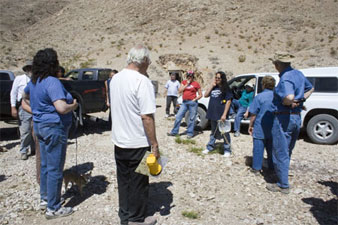
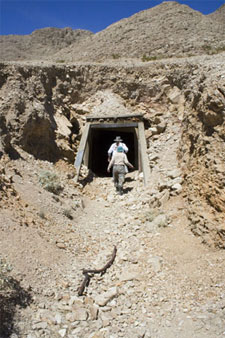
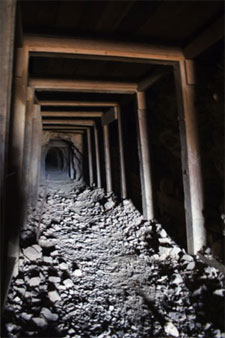
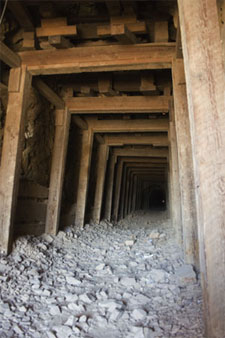
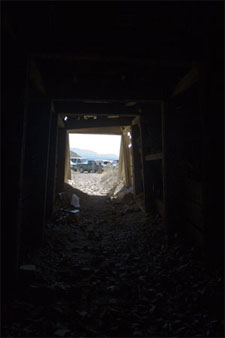
Our last stop was China Ranch where we enjoyed a cool Date shake and learned the history of this oasis in the desert. China Ranch is a family owned and operated Date Farm. A lush and beautiful place in the midst of the hot and dry Mojave Desert, they have a wonderful gift shop and a great Cactus Nursery where they sell cactus, and date palms. China Ranch has a wonderful history, it's an oasis awaiting your arrival.
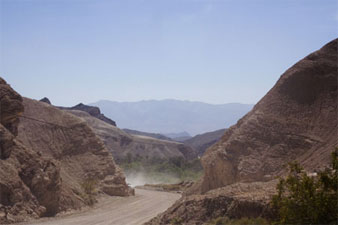

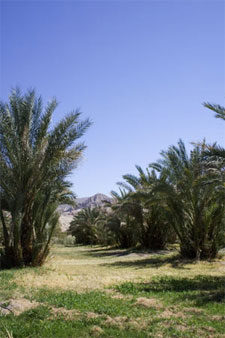
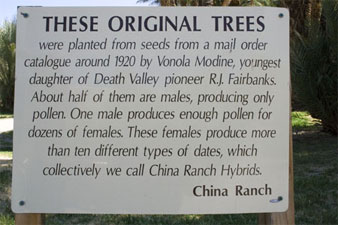
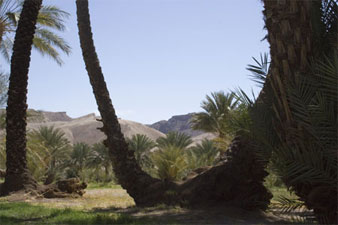

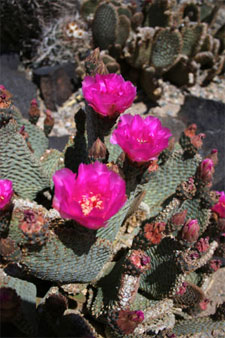
Submitted By: Ken Pierce
Photography By: Mary Ann Pierce
If you’re interested in the history of the Mojave Desert
check out the Barstow College fall schedule.
BACK TO TOP